With both the gluten free and wheat free diagnoses on the rise, I want to share gluten free and allergy friendly pasta cooking tips that could help the newly diagnosed. Here are my top tips and information for cooking gluten free and allergy friendly pasta.
GLUTEN FREE PASTA IS FINICKY. Yes, I’m shouting a bit. Here’s what I mean: the moment your pasta is done, drain it. Don’t let it sit, and don’t continue to cook it. 99% of the time, cooking gluten free pasta past the point of doneness results in mushy, nasty pasta.
Do I Really Need That Much Water?
Ready for the answer: nope. You don’t truly need the amount of water called for on the back of most boxes. As long as your pasta is fully immersed in water, you’re fine. Now, you will need to stir a little more often since there’s less water (and probably less room) in the pot. It means that as the pasta boils, it won’t have the physical space to roll away from other pieces.
No Matter How Much Water You Use…
Stir. The. Pasta. Most, if not all, gluten free pastas need to be stirred a lot more whilst cooking when compared to their wheat-based counterparts. The first few minutes are extra important. This will prevent the noddles from sticking together, and to the bottom of the pot.
Here’s an example of what can happen if you don’t stir well, especially in those first few minutes. Once these clumps form, they generally don’t come apart during the rest of the cooking process.
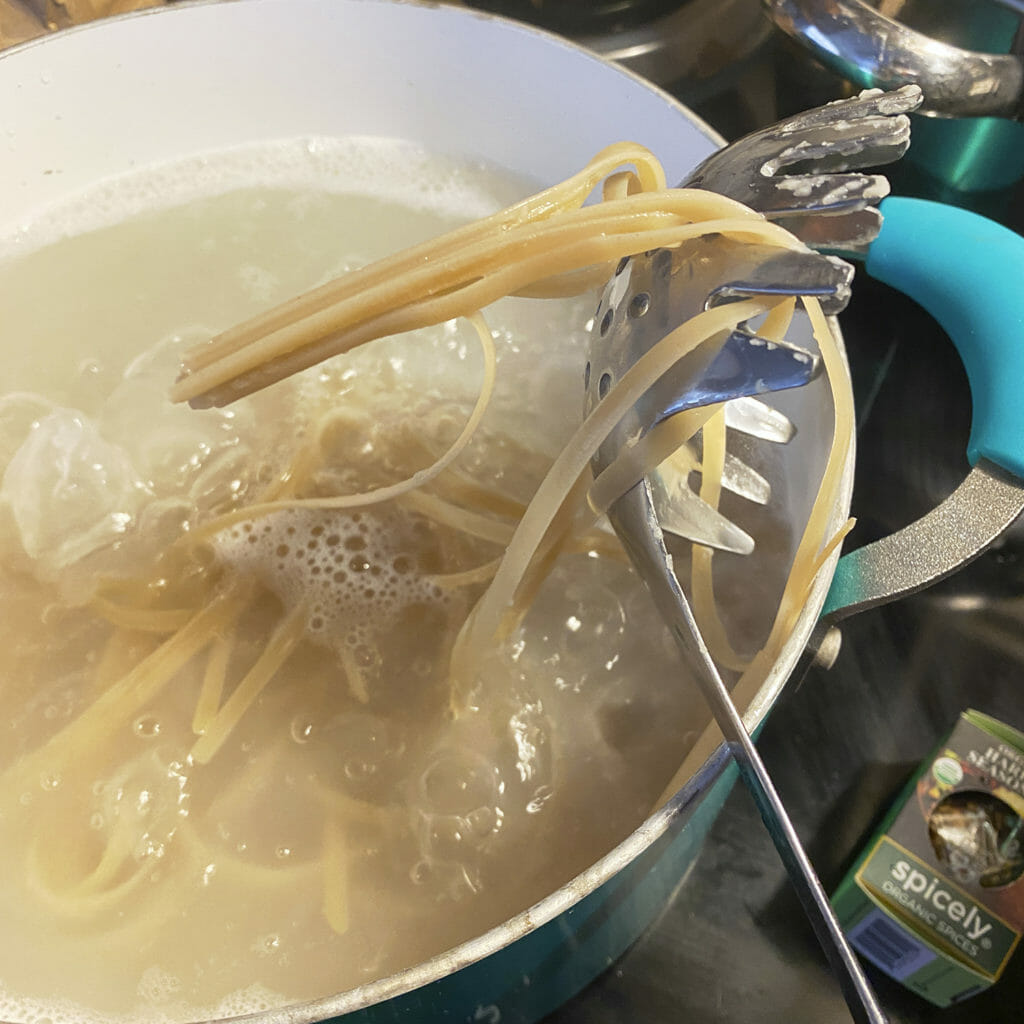
Salt the Water!
You may have heard that pasta water should be salted and should taste like the ocean. This is true, even for gluten free and allergy friendly pasta. Gluten free pseudo-grains have distinct tastes, some of which need some TLC to be enjoyed, so make sure that the water is generously salted. This produces a cooked pasta where the natural flavours are more evident.
If you’ll recall, one of the biggest free-from complaints is how bland everything is. Properly salting your water absolutely combats this. I usually use 2 – 3 heaping teaspoons of salt when cooking a box of gluten free pasta.
The only time to pull back some on the salting is if you’ll be serving your pasta with a salty sauce. A good example of this is a parmesan heavy cheese sauce. Parmesan cheese is naturally very salty, and it’s possible to have too much salt in that kind of meal.
Save the Water!
Pasta water is full of starchy goodness. Before draining, spoon out several tablespoons to add to your sauce. It’s one of my favourite things to do when making gluten free dairy free mac-n-cheese. You can see this method in action in this recipe here.
Is the Cooking Time on the Box Correct?
Whilst the package is *usually* right, never trust the cook time on a box of gluten free pasta. Your personal preference and your stove will determine your cook time. Anytime we try a new brand, I start testing for doneness 2 minutes before the package time. Usually, it’s several minutes past the box time to get it right.
With cooking instructions, they’re also *usually* right. However, each stove and power going to the heating element will be different. Unless otherwise stated, start with your water on a rolling boil before you add the pasta.
Should You Rinse Gluten Free Pasta & Allergy Friendly Pasta?
To rinse or not rinse, that is the question. You’ll have to experiment with this one. I NEVER rinse our pasta. Some gluten free bloggers I know swear by the rinsing. It’s going to come down to personal preference. Next time you make pasta, rinse half, sample both, try with sauce, and see which method you prefer.
Should You Add Oil to Gluten Free Pasta?
There’s no need to add oil to your gluten free pasta whilst it’s cooking. You may have heard that it prevents the noodles from sticking together. Whilst this is true, it can also prevent a nice sauce from adhering properly.
After your pasta been drained, should you plan to add a sauce, there’s still no reason to add oil.
If you’re serving the pasta plain to a toddler, child, or someone with very limited ingredients, it’s a good idea to toss the pasta lightly in a safe oil/fat/butter for them. It adds an extra layer of flavour, and can make the pasta more enjoyable.
Can You Bake Gluten Free Pasta & Allergy Friendly Pasta?
YES!!! If you’ve seen those cool cooking videos where pasta is cooked in dutch oven in the oven with sauce, or in a glass baking dish, you can do that too!!
I’ve tested this with gluten free, top 9 allergy free pasta and it totally works! On average, the bake time has been 30 – 40 minutes.
How to Store Gluten Free & Allergy Friendly Pasta
If you cook pasta and want to store it in the fridge, plain, DON’T. This will ruin your pasta. It gets clumpy, reheating is difficult, and it doesn’t quite come together the same as when it was fresh.
You can however store your gluten free pasta covered in a sauce. I like to mix the noodles VERY well with a sauce, then fridge. This prevents the above issues mentioned from happening. The kid who loves eating cold leftovers the most says that this method works very well.
Most gluten free pasta doesn’t freeze well. Lasagna noodles tend to do ok, but keep in mind, they’re smothered in sauce and that’s pretty forgiving. Lasagna noodles are also a bit thicker/tougher and will hold up to freezing better than say, an elbow noodle.
When you go to reheat your pasta, do so on the stove top and add a bit of liquid (such as dairy free milk) to help it along. You can also reheat in a toaster/toaster oven, but depending on the sauce, it can dry out a little bit. Since we don’t have a microwave, I can’t tell you how that goes.
The Only Opinion That Matters is Yours
Experiment until you’re happy! The tasters around here have tried a LOT of brands, and cooking methods, and have settled on what they like. I encourage you to do the same. If you find that your pasta is always mushy, it may be your cook time. If you’re not pleased with how the sauce interacts, it could be because you’re rinsing. If you hate the taste, you may need to try other brands of pasta.
We’re living in a time where there are loads of brands to choose from. The kids who can have wheat tell me that the Jovial gluten free pasta tastes the closest to wheat pasta. My cooking preference is Cybele’s since it’s rice and corn free. That means it can be cooked inside rather than outside, and I don’t need to use my respirator.
If this article was helpful, be sure to share it with your gluten free and wheat free friends, as pasta cooking is a struggle for many.
Need Great Gluten Free Pasta Recipes?
Check out these delicious pasta recipes on our membership website RAISE. They’re all gluten free, dairy free, and very allergy friendly.
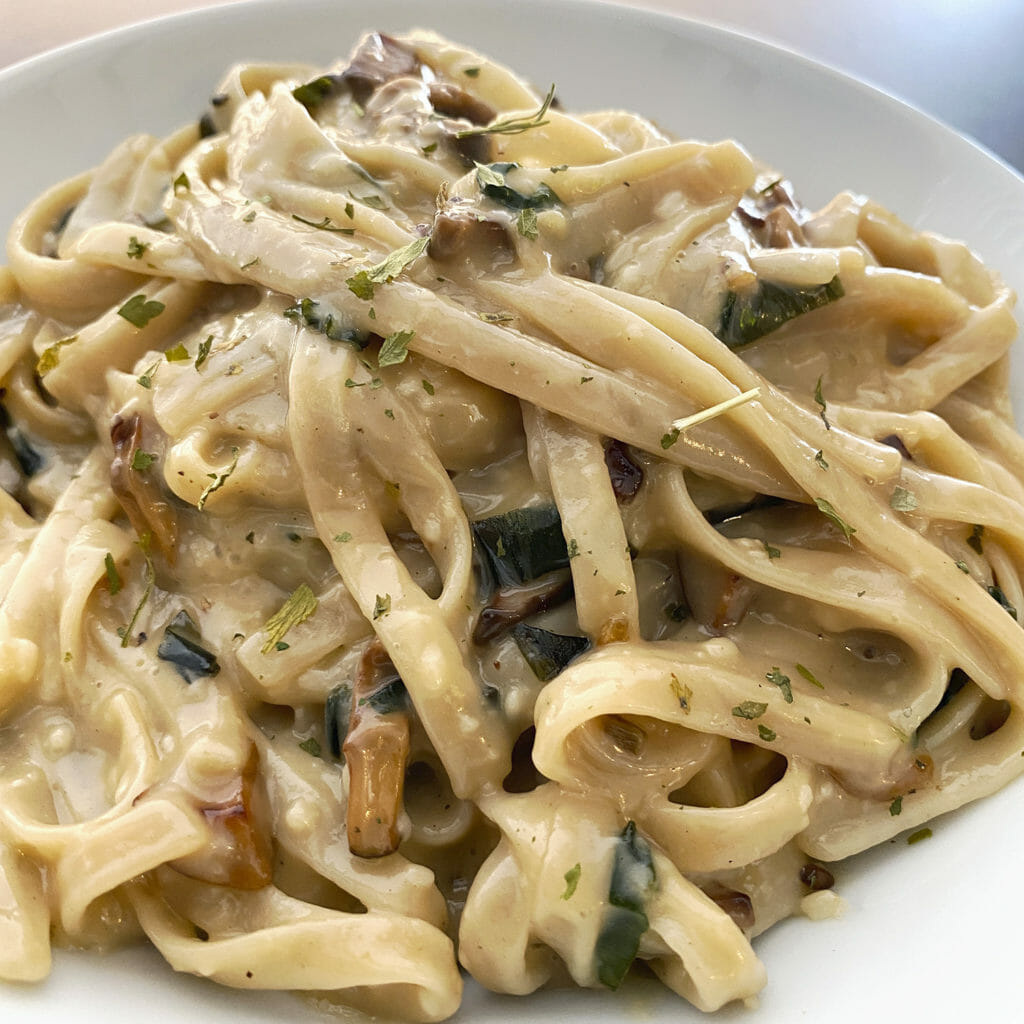 |
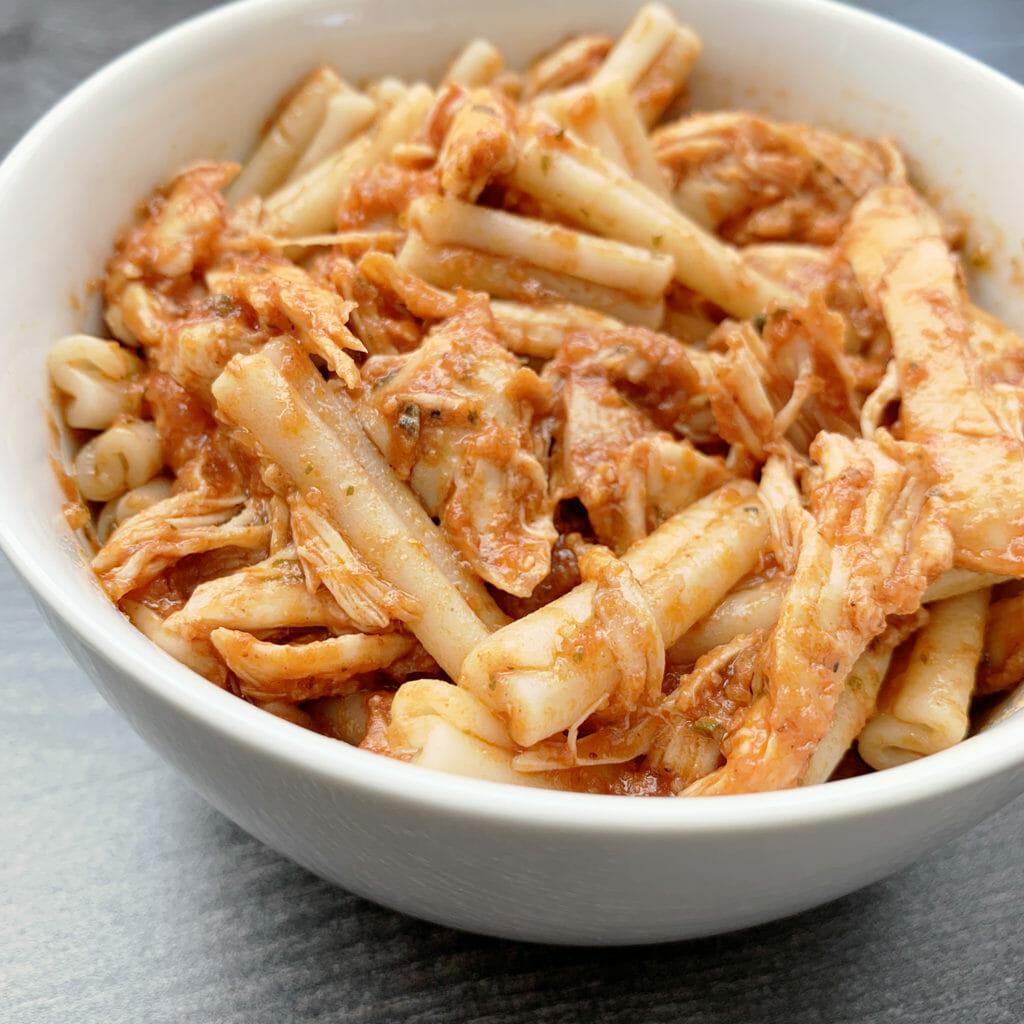 |
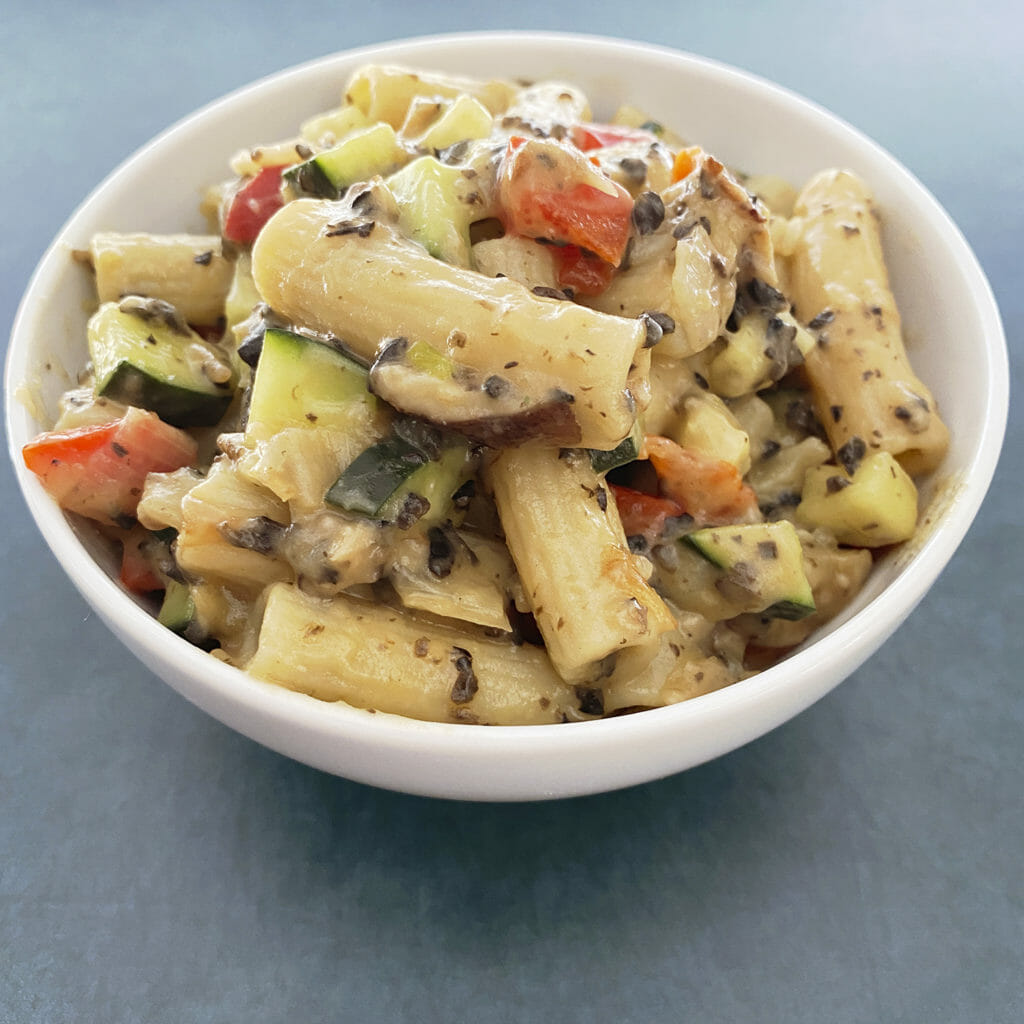 |
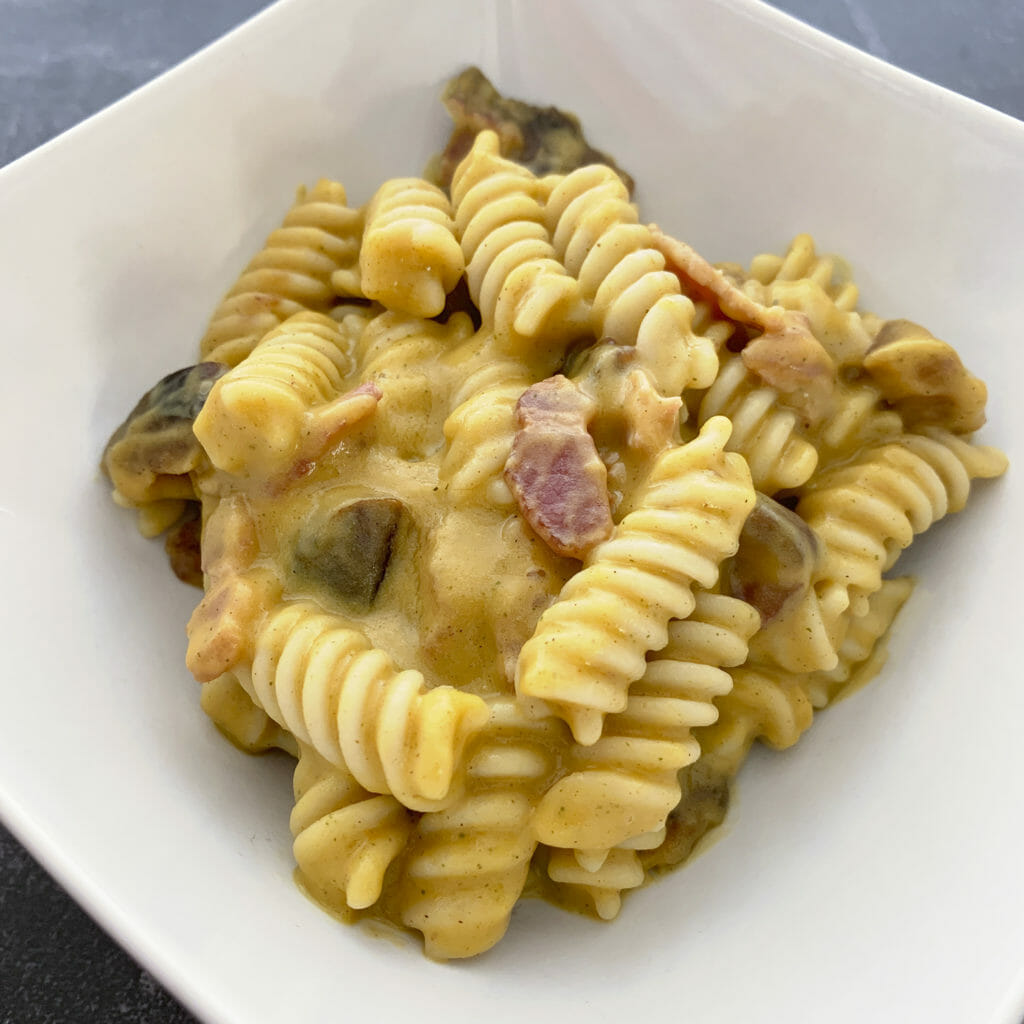 |
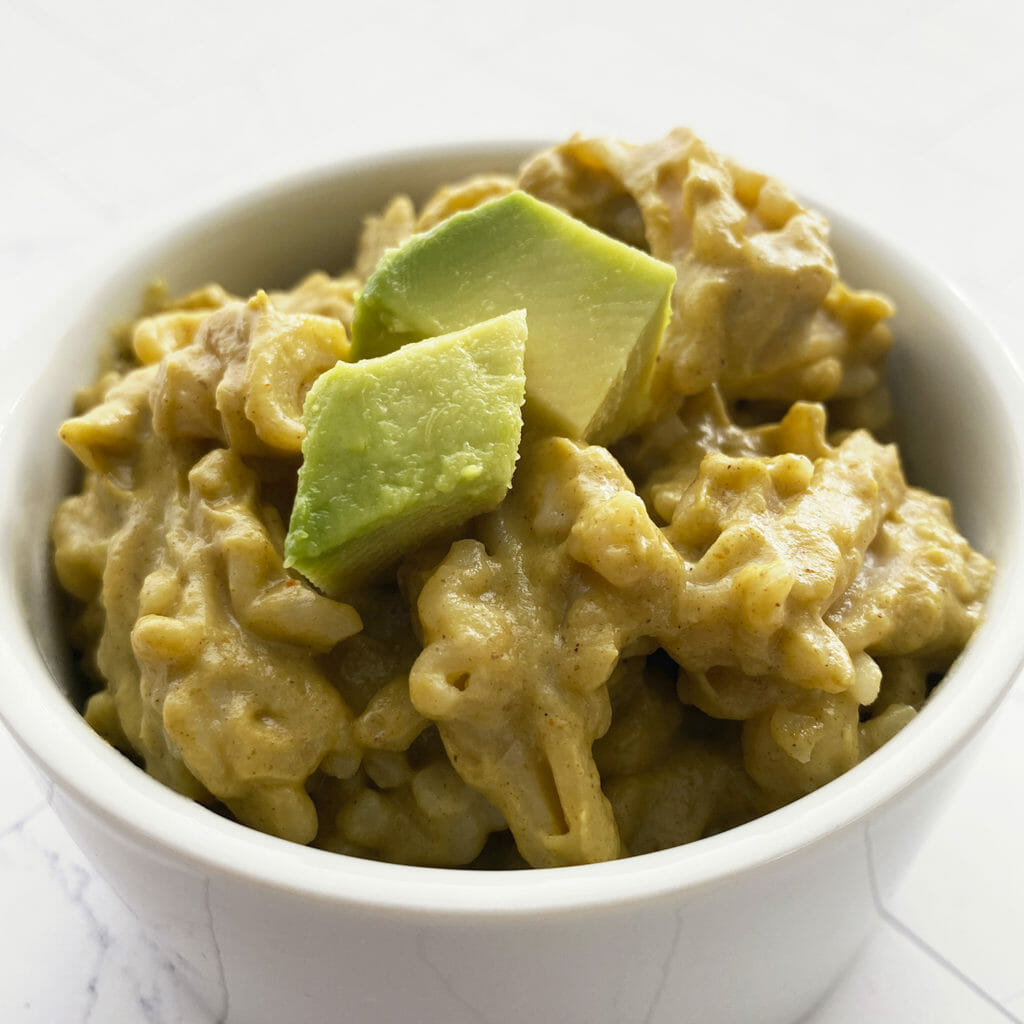 |
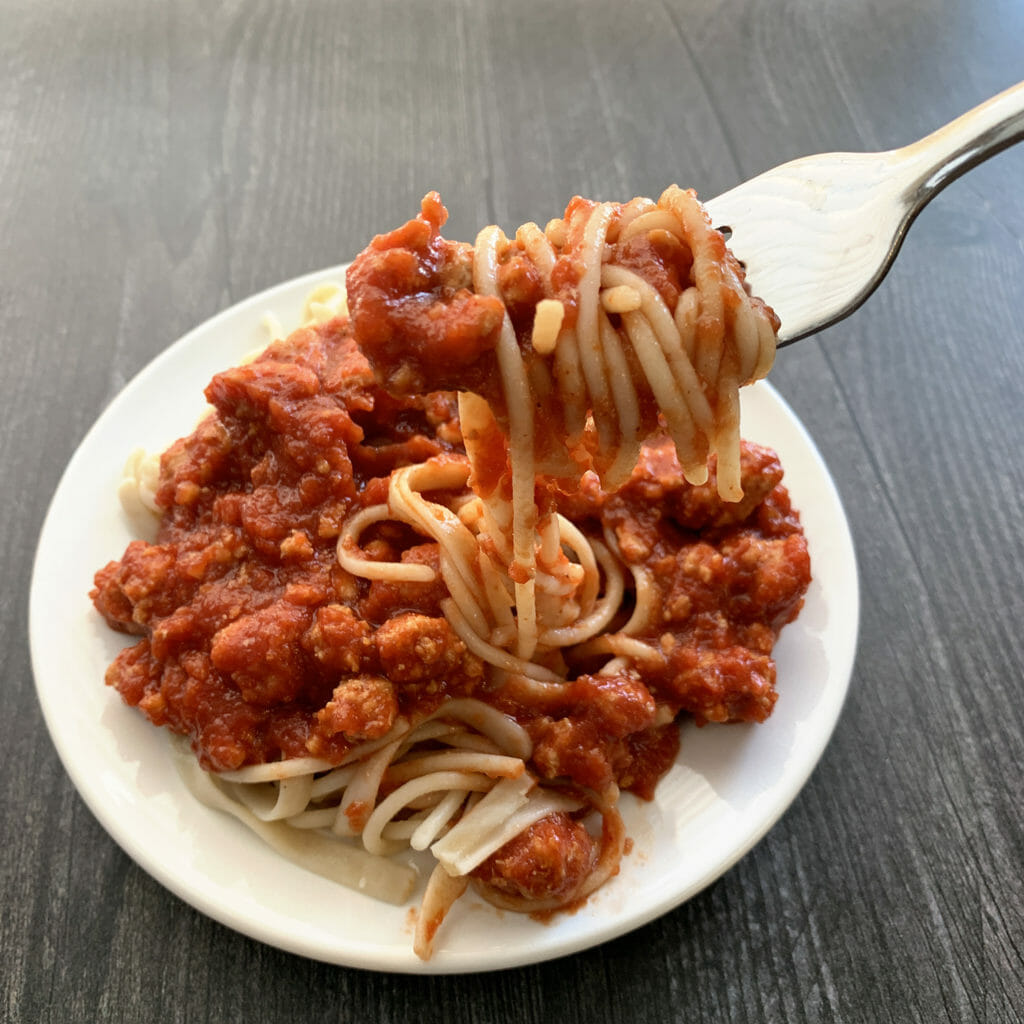 |

